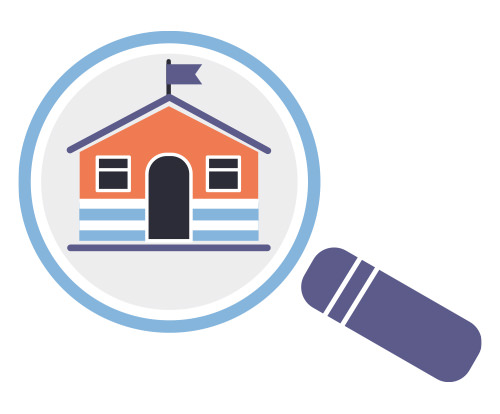Blog
What is the Microschool Movement?
on March 24, 2022

The microschool movement is a relatively new phenomenon that has started to emerge all over the country in recent years. It is a response not only to the restrictions spurred on by the coronavirus pandemic but also to parents who are frustrated with the traditional schooling paradigms and current learning environments, and who are looking for alternative ways to educate their children.
But what exactly are microschools, why were they created, and what are the benefits of this innovative learning method?
What is a microschool?
As their name suggests, microschools are very small schools that typically serve 10 to 15 students, but sometimes as many as 150. All microschools are different, but their approach to learning is similar – a project-based approach, as opposed to rigorous, one-size-fits-all testing. With a much smaller class size, teachers are able to build a much closer relationship with their students and provide individualized, hands-on instruction.
In essence, a microschool is the resurrection of the one-room schoolhouse, a space where homeschool meets private tutorage. Classrooms can blend different age groups, and teachers facilitate learning, rather than simply serving standardized content to be memorized and tested on.
The benefits of microschools
As mentioned briefly above, the chief benefit of a microschool is personalized education that caters to a child’s unique requirements and capabilities. Because microschools are generally small, students receive far more attention than they would in a traditional school.
Another benefit is the price. Since private tuition and private schooling can often be prohibitively expensive, microschooling offers a happy medium where students can receive individualized instruction at a fraction of the cost.
Microschools also offer added flexibility over traditional classrooms. Not only can their sizes vary, but they can operate from anywhere in the world, whether that’s a study at home, a library, a school, church, or office. This flexibility makes a microschool perfectly suited to a world in which many facets of life are going digital, and parents find themselves traveling or working remotely at an ever-increasing rate.
This leads to the next point – safety. In a post-pandemic world, being able to get a quality education remotely is crucial not only for a child’s development but also for their wellbeing. Having the option to learn remotely allows for uninterrupted learning in a safe and secure setting, which is important for both the learner and their family.
But the benefits don’t only extend to children, they involve teachers too. Many educators, frustrated with the rigors and curriculums of traditional schooling, find the autonomy inherent in microschooling very attractive. It gives them a space to teach in a way that resonates with them, while still being able to make a comfortable living on their own terms.
What do I need to start a microschool?
While not always the case, microschools generally rely on technology and school management software in order to structure their curriculums and deliver content and activities to their students.
If you want to start a physical microschool, you will need some sort of classroom or space where students can come to receive instruction. If you plan on being completely digital, then all you need is a solid, high-speed internet connection, a reliable computer, communication equipment (headphones and a microphone), and the software to facilitate your classes.
